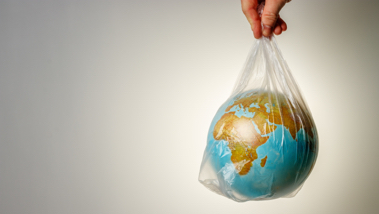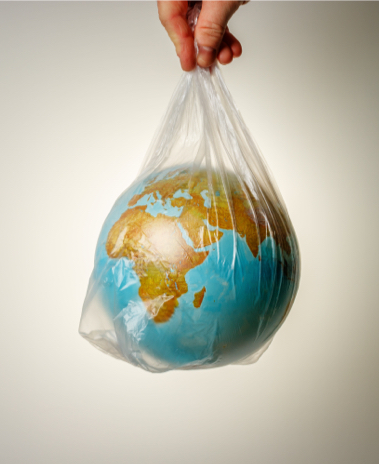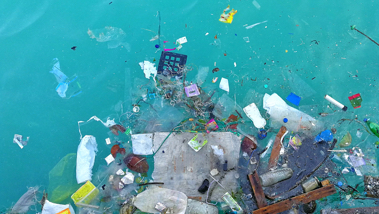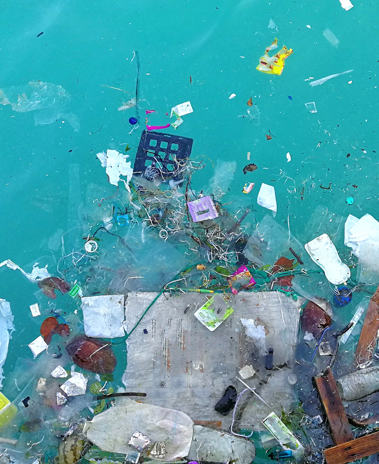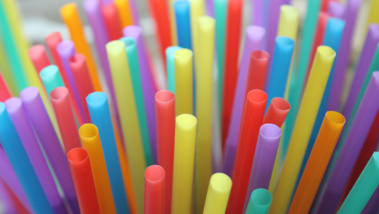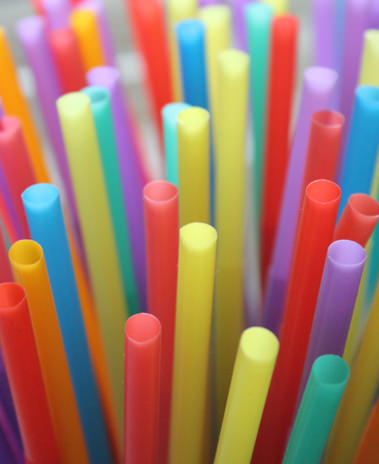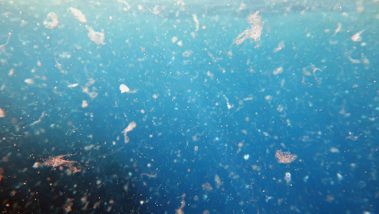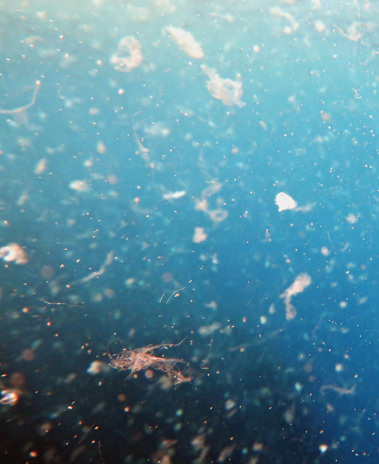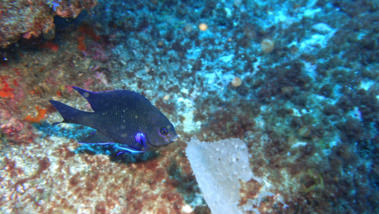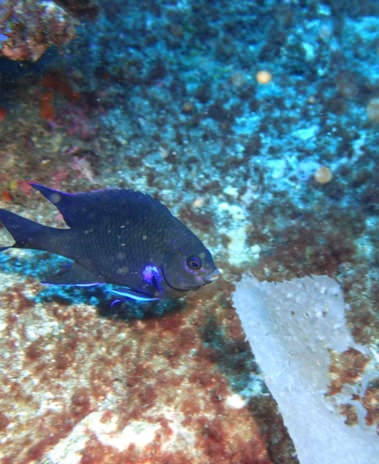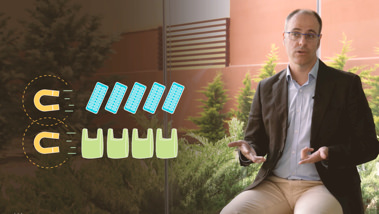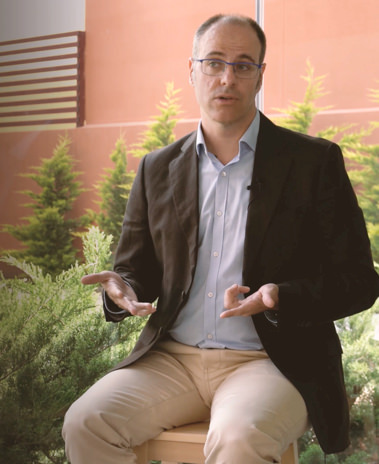#plastic
Reducing the consumption of plastics is essential to preserve our planet and reduce its impact on the environment. However, this reduction implies not only a change in habits, but also a change in mentality. For this reason, the Iberdrola group, among other things, has positioned itself along the same lines as the SDGs.
-
The plastics's invasion of the planet is a reality. Just remember that the plastic waste island floating in the Pacific Ocean now measures 1.6 million kmsup:2#. If we want to save the planet, the time has come for each and every one of us to take action.
Plastic is overwhelming our oceans and it's causing incalculable environmental damage. This situation raises many questions: How does plastic get into the ocean? Where does the waste come from? What can we do to avoid it? We outline below the main factors responsible.
-
On July 5, 2021, Europe banned sales of single-use plastics such as drinking straws, cutlery and cotton buds. With almost 90,000 tons of rubbish in the Pacific alone, these, and other similar measures, are sweeping the globe in an attempt to stem the flow of plastic reaching our oceans.
From oceans to farmland, microplastics are everywhere – even in our bodies. Explore the dangers they pose, where they're found, and what we can do to reduce their impact.
-
Plastic has reached the deepest point on the planet, a place — the Challenger Deep — located 11,000 metres below sea level where very few people have visited. This discovery is the best proof of the magnitude of the problem and that the time has come to become aware of it and do everything possible to reverse the situation.
Every year, 13 million tons of plastic end up in the oceans. A Spanish researcher, David Espinosa, has received an international award for his innovative project for the mass recycling of such packaging.






